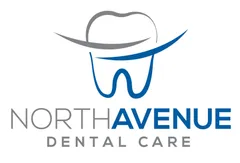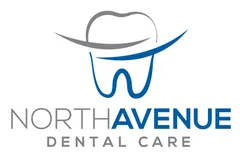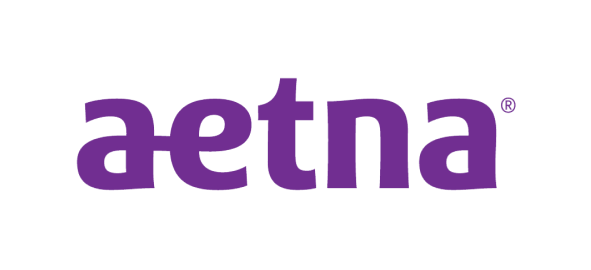Click To Text
Maximize Your Benefits
We accept most dental insurance plans and handle billing directly with your provider. No insurance? Ask about our North Avenue Dental Care Membership for affordable options.
Check your insurance
Curious if insurance will cover your exam?
We can tell you in just a few seconds.
Frequently asked questions
You can contact your insurance provider directly to learn about your coverage details. Our team is also here to help by obtaining a summary of your benefits—just provide your carrier name and subscriber ID.
While our office may not have a direct contract with your insurance provider, we still accept your insurance. For in-network carriers, we offer reduced fees. If you're out of network, we use the base service price and apply your out-of-network benefits to calculate your out-of-pocket costs. We accept major PPO insurances but do not contract with Medicaid, Medicare, or HMO plans.
Dental insurance works similarly to other employer-provided insurance plans like medical and vision. Typically offered by employers, it involves monthly premiums, provider restrictions, and varying benefits. Unlike medical insurance, dental insurance has a yearly maximum reimbursement limit set by the provider, whereas medical insurance covers costs after the individual reaches their out-of-pocket maximum.
Dental insurance works similarly to medical insurance, with one key difference: the provider covers up to a certain amount within a benefit period, and the patient is responsible for any costs beyond that limit. It's crucial to know your plan’s maximum allowable amount, especially for more expensive treatments. Dental PPO plans often categorize coverage into preventive, basic, and major services, each with varying coverage percentages. Be sure to review your personal benefits to understand your specific coverage, as any costs not covered by insurance are the patient's responsibility.
Dental insurance typically covers a broad range of services, including exams, cleanings, fillings, crowns, oral surgery, and orthodontics. These services are divided into categories: preventive, basic, and major, with coverage percentages generally set at 100%, 80%, and 50%, respectively. Orthodontic coverage is unique, often including specific rules related to age, eligible individuals, and maximum benefits. Unlike other services, orthodontic coverage usually has a lifetime maximum rather than an annual limit.
A PPO (Preferred Provider Organization) allows you to visit any dentist without needing a referral, but you can save money by choosing a dentist within the PPO network. This differs from HMO/DHMO plans, which require you to select a primary dentist and only allow you to see other dentists through a referral to a specialist. HMO/DHMO plans usually offer lower costs and minimal copayments for services.
Typically, PPO plans cover two exams and cleanings per calendar year.
In general, dental implants are covered by insurance, but there are exceptions and important rules to consider. For instance, if you were already missing a tooth and your insurance has a "missing tooth clause," the implant may not be covered. We can help you understand the specific rules that apply to your coverage.
Yes, in most cases, orthodontic coverage comes with specific rules regarding age, eligible plan members, and coverage limits. Typically, there is a lifetime maximum amount instead of an annual limit. We can provide you with the details about the rules that apply to your specific coverage.










